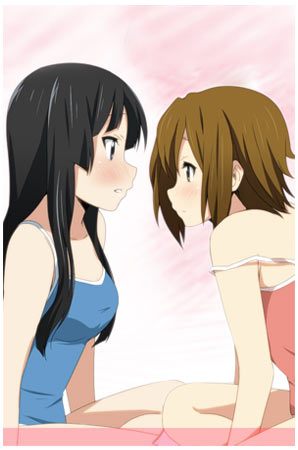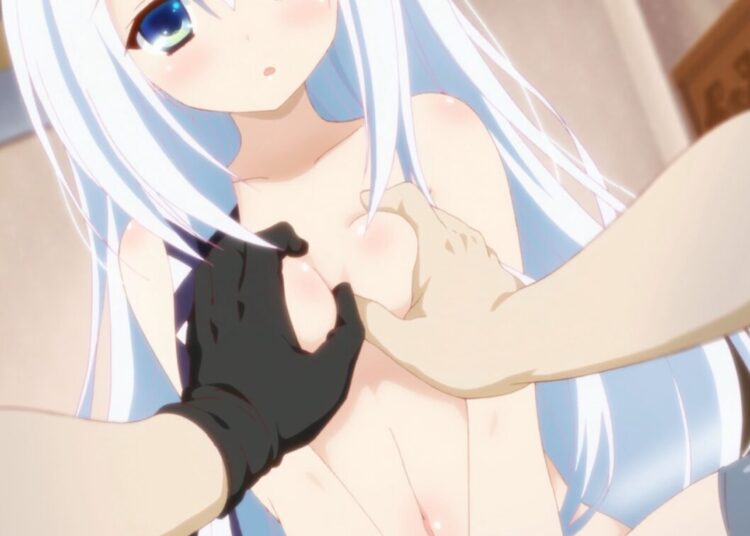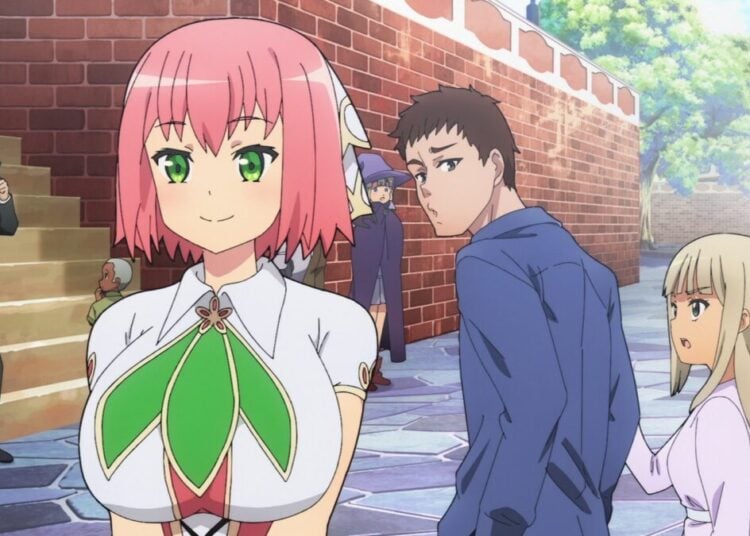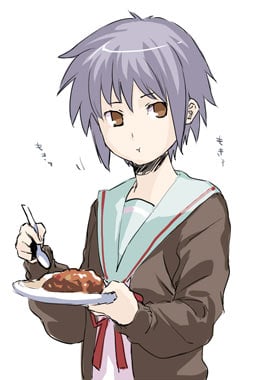All languages make use of onomatopoeia, words that are derived from the way they sound such as quack, snap, zip and crunch, and Japanese is no exception. There’s something very elemental about these words, as if they were tied to a deeper part of the brain than other language, and it took me several years to stop rejecting wan wan, nyan nyan and buu buu as perfectly valid alternate versions of “woof woof”, “meow meow” and “oink oink.” The Japanese take the idea of onomatopoeia a step further with a system of creative sound words that describe actions and states of objects in unique ways. For example, a person’s eyes shining brightly makes the “sound” kira kira; pika pika means “brand new,” literally describing the sound of gleaming streaks of sparkling newness; bishi bishi means working fast and efficiently while dara dara is moving slowly, lazily; eating quickly is paku paku, where Pac-Man gets his name from; someone who is bilingual in a foreign language speaks it pera pera (fluently); and there’s a “sound” for someone staring at you intensely (jiiiii!) and even one for silence (shiiiin, pronounced like “sheen”). Onomatopoeia often add flavor to Japanese sentences, and in lieu of having separate words like cry, sob, wail etc., they’d use the generic word for “cry” and add a sound word like shiku shiku, which is the sound of someone sobbing. One onomatopoeia that comes up often in anime and visual novels is is doki doki, which describes the feeling of being nervous or excited or full of anxiety about something. It’s one of my favorite words.

A doki doki moment for Mio and Ritsu.















